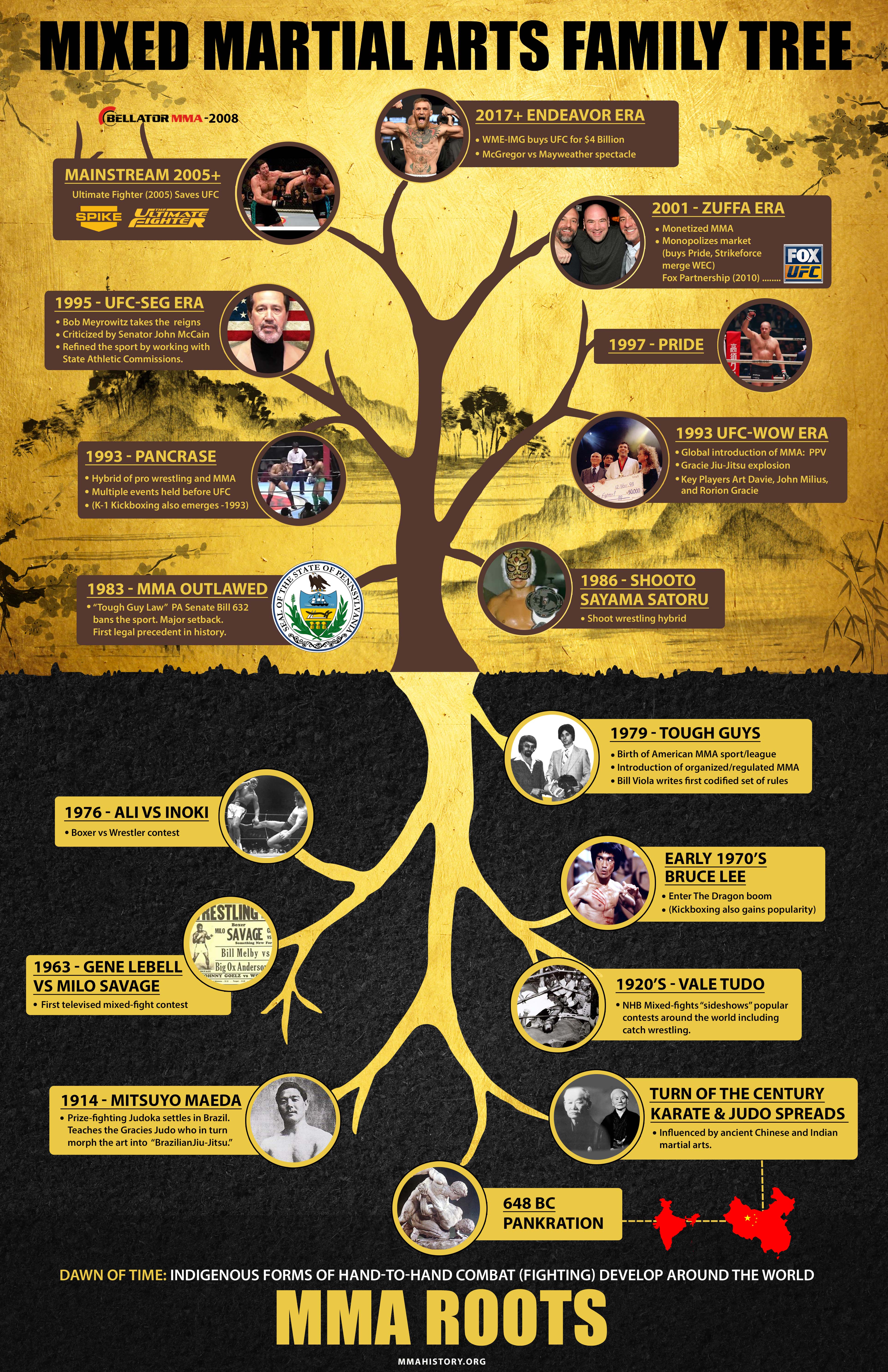Exploring The Rich Heritage And Spiritual Dimension Of Martial Arts: A Comprehensive Assessment
Exploring The Rich Heritage And Spiritual Dimension Of Martial Arts: A Comprehensive Assessment
Blog Article
Web Content Composed By-Adkins Patterson
Enter the old globe where martial arts were substantiated of necessity in diverse areas. Societies crafted one-of-a-kind battling designs linked with historical contexts. Techniques progressed over centuries via devoted method and social exchanges. Today, modern-day martial arts blend traditional components for optimal effectiveness. Philosophically, martial arts emphasize self-control, self-improvement, and consistency. Regard, humbleness, and equilibrium are fundamental principles guiding professionals towards growth and resilience. Discover the midsts of this rich background and approach to uncover the profound influences forming this long-lasting technique.
Origins of Fighting Style
Fighting style originated in various regions around the world, developing as sensible combat systems to prevent risks. These ancient fighting designs were created out of need, with each society crafting methods suited to their special atmospheres and difficulties. From the grappling arts of Jujutsu in Japan to the striking strategies of Kung Fu in China, martial arts were deeply intertwined with the historic, social, and cultural material of their particular societies.
In Japan, the samurai class polished martial arts like Kenjutsu, the art of the sword, which later on developed into the more popularized form of Kendo. At the same time, in Brazil, Capoeira became a blend of dancing and fight, produced by enslaved Africans as a means to withstand oppression. Each fighting style lugs with it a rich history and approach, mirroring the worths and beliefs of the people that practiced them.
As mouse click the up coming webpage explore the origins of martial arts, you discover a tapestry of human resourcefulness, strength, and the stubborn spirit of warriors throughout time.
Evolution of Methods
Via centuries of practice and refinement, battle strategies within numerous martial arts have gone through an extensive development. From old styles like Kung Fu and Martial arts to extra contemporary self-controls such as Brazilian Jiu-Jitsu and Krav Maga, the advancement of strategies has actually been driven by a combination of social influences, practical applications, and technological advancements.
One significant aspect of this evolution is the cross-pollination of techniques between various martial arts. As an example, strategies from conventional Japanese Jiu-Jitsu were included into the creation of Judo by Jigoro Kano in the late 19th century. This mixing of designs has resulted in the development of hybrid martial arts like Mixed Martial Arts (MMA), which combine aspects of striking, grappling, and submission strategies.
Furthermore, the development of strategies has actually been shaped by the increasing emphasis on effectiveness and performance in battle. Specialists have actually constantly looked for to fine-tune their methods with extensive training, testing, and competition, causing the development of highly specialized and effective battling styles. On the whole, the advancement of techniques in martial arts shows the vibrant nature of fight and the continuous pursuit for enhancement and advancement.
Thoughtful Structures
Exploring the underlying thoughtful concepts of martial arts gives understanding into their core worths and directing ideas. At the heart of numerous martial arts techniques is the idea of self-control itself. By training your body and mind to act as one cohesive system, you grow discipline that expands beyond the dojo or gym into daily life. This self-control includes regard, humility, and self-constraint, shaping not simply your physical capabilities however likewise your character.
Another fundamental thoughtful structure in martial arts is the idea of continuous self-improvement. The trip of understanding a martial art is relentless, with practitioners continuously aiming to far better themselves, both literally and psychologically. This focus on development fosters strength, perseverance, and a development mindset that can be put on all facets of life.
In addition, martial arts emphasize the importance of harmony and balance. global martial arts ch 35 are created to use a challenger's power against them, highlighting the principle of producing and redirecting force as opposed to fulfilling it head-on. This viewpoint includes interpersonal partnerships, promoting relaxed resolutions and mutual understanding. By welcoming these philosophical structures, martial artists not only boost their combat skills but also cultivate a lifestyle fixated personal growth, respect, and harmony.
Verdict
Finally, the history and approach of martial arts supply an abundant tapestry of custom, self-control, and self-improvement.
Consider https://self-defense-tips-every-w12222.blogthisbiz.com/32364907/improving-your-capacities-advantages-of-joining-a-martial-arts-institution of Bruce Lee, who changed martial arts by blending different designs and viewpoints to create his own distinct kind of Jeet Kune Do.
Via commitment and development, martial musicians remain to push borders and influence others to reach their complete capacity both in battle and in life.
